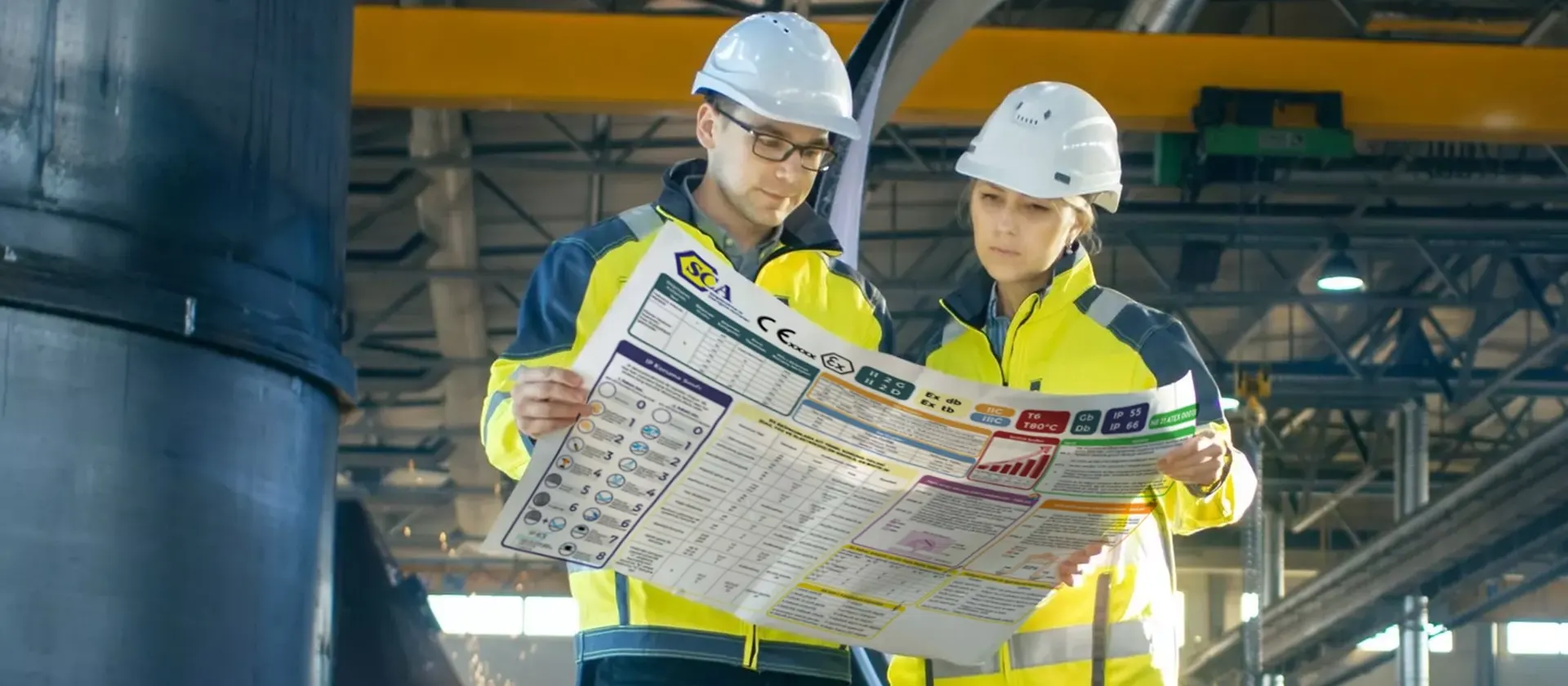ISO 4993 Radiographic Testing for Certification of Castings
The ISO 4993 standard provides a stringent framework for ensuring the integrity and quality of castings, particularly those used in critical applications where structural strength is paramount. This service focuses on radiographic testing (RT) to certify castings that are subjected to high stress or are integral parts of safety-critical systems.
The process involves exposing the casting to a controlled radiation source, typically X-rays or gamma rays, and capturing an image using film or digital detectors. The resulting image reveals any internal defects such as cracks, voids, or inclusions that could compromise the structural integrity of the part. This method is particularly crucial for sectors like aerospace, automotive, and heavy machinery, where safety and reliability are non-negotiable.
The standard itself mandates specific requirements to ensure consistency and comparability among laboratories performing RT. These include the use of appropriate radiation sources, exposure times, film or digital detectors, and the application of standard penetrameters for defect sizing. The testing process is designed to meet stringent acceptance criteria, ensuring that only parts meeting these standards are certified for further use.
For quality managers and compliance officers, this service offers a critical tool in maintaining product integrity. In the realm of R&D engineers, it provides insights into material behavior under stress, aiding in the development of more robust designs. For procurement professionals, ISO 4993 testing ensures that only high-quality castings are sourced, reducing the risk of failure and enhancing operational safety.
The use of this standard is not just limited to new product design but also extends to ongoing quality assurance programs, where periodic inspection can highlight any emerging issues in casting processes. The process also serves as a benchmark for international trade, ensuring that products meet global standards regardless of geographic origin.
In summary, ISO 4993 radiographic testing is an indispensable service that underpins the reliability and safety of castings across various sectors. Its rigorous methodology ensures that only parts meeting stringent quality criteria are certified, thereby enhancing trust in manufacturing processes and product performance.
Scope and Methodology
The ISO 4993 standard outlines the procedures for radiographic testing of castings to ensure compliance with specific acceptance levels. The scope includes detailed instructions on the selection of radiation sources, exposure times, film or digital imaging systems, and the application of penetrameters.
For the testing process:
- Selection of appropriate radiation source based on casting size
- Application of standard exposure techniques to ensure consistent results
- Capture of radiographic images for detailed analysis
- Determination of defect sizes and classifications according to ISO 4993 criteria
The methodology also includes the use of penetrameters, which are standardized reference defects used to calibrate test results. This ensures that any detected flaws can be accurately sized and classified, providing a clear basis for acceptance or rejection.
| Industry | Critical Components |
|---|---|
| Aerospace | Engine parts, landing gear components |
| Automotive | Engine blocks, transmission casings |
| Construction | Bridge supports, crane components |
Benefits
- Ensures compliance with international standards for quality assurance and safety
- Promotes trust in product integrity across global markets
- Aids in the early detection of defects, reducing rework costs
- Supports ongoing process improvement by identifying weak points
- Facilitates international trade by meeting regulatory requirements





